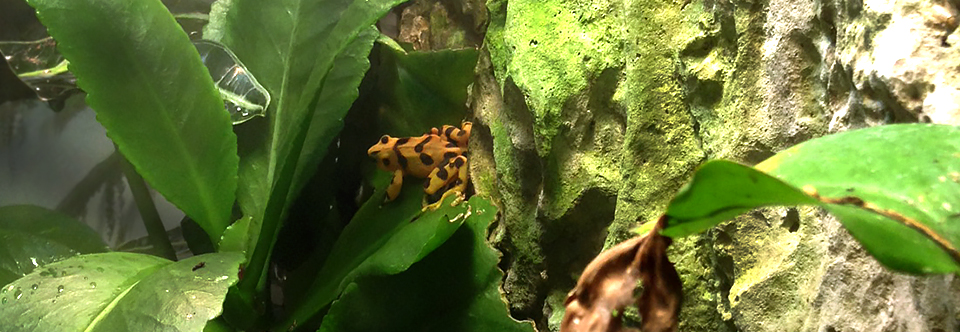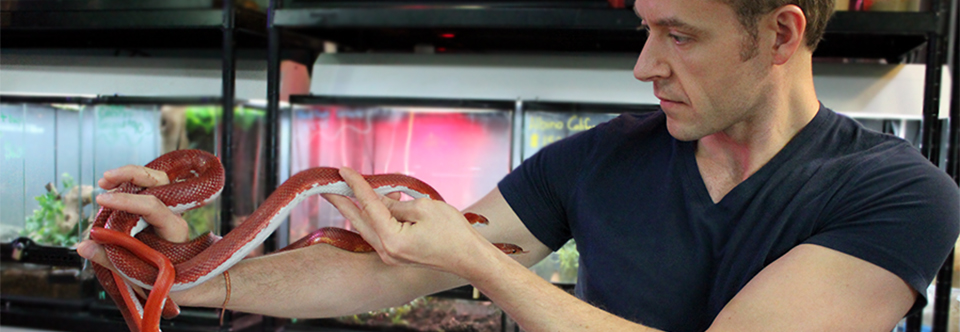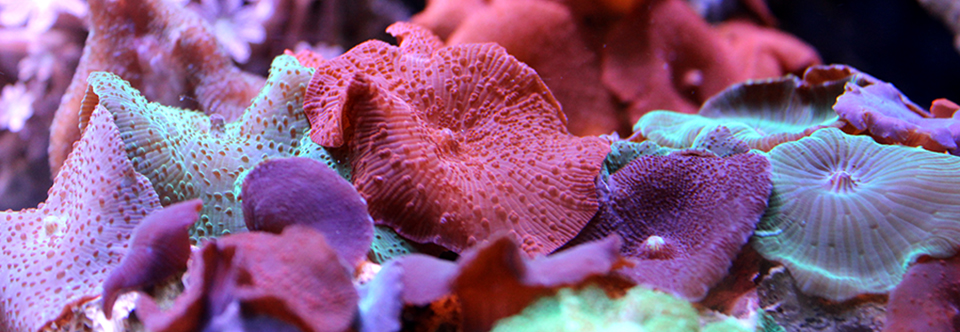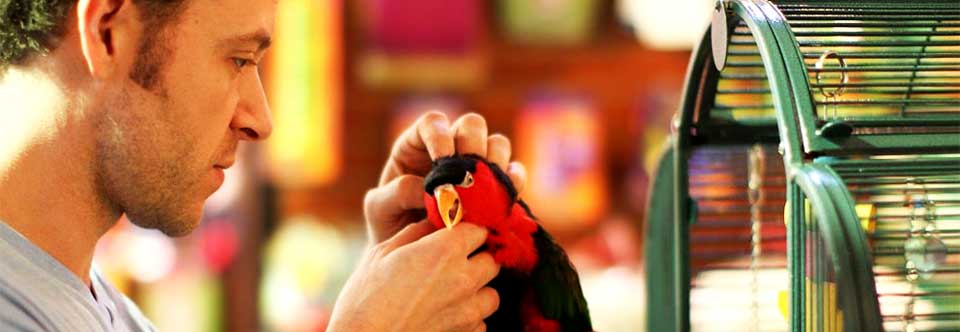
by Fauna | Sep 15, 2013 | Amphibians, News
Yesterday was an exciting yearly event held here in NYC called American Frog Day. This year it was held at the Staten Island Zoo where Daniel, Christian and Collin from Fauna were in attendance. American Frog Day is always a treat as we reunite with old friends, colleagues and meet new faces all with the same interest of conserving, maintaining and propagating amphibian species in captivity. It was such a great crowd of enthusiasts and professionals, all more than willing to share their experience and expertise. There were guest speakers giving informative lectures throughout the entire event and an auction with all proceeds and donations supporting the conservation efforts of the Amphibian Ark and Tree Walkers International. Not to mention access to see all the animals at the zoo! We were so grateful to the Staten Island Zoo for providing the location in their auditorium beneath the reptile house and aquarium for Frog Day. Who knew Staten Island had a zoo? Actually, the Staten Island Zoo first opened it’s doors in 1936! They have always been well-known for having one of the largest collections of rattlesnakes in the US. For the past year the Staten Island Zoo has been making some major changes to improve the facility and diversify the species kept there. Fauna has been helping out by providing them with some additional Uroplatus geckos and other rare reptiles for their breeding programs. One of the zoo’s newest additions is a young binturong on display in their nursery. ...

by Fauna | Sep 13, 2013 | Blog, Reptiles, Snakes
Corn snakes come in a variety of color morphs. We are very excited about this trio that we picked up to have as future breeders here at Fauna. This particular morph is called “extreme pied sided hypomelanistic“. This is a relatively uncommon morph that is highly sought after. When found, they command a pretty high price. We hope to be able to provide them at a more reasonable amount once they start producing young. They are just one example of the many beautiful colors in which corns can be found. . To learn more about Fauna NYC, visit our website! Sign up for our eNewsletter for new animal arrivals, product discounts, and upcoming...

by Fauna | Sep 10, 2013 | Aquatics, Blog, Corals
Written by Christian Morehouse Many people that start their first saltwater aquarium, myself included, seem to convince themselves that they would be happy with just fish. “Oh no. I don’t need to do corals. That’s too hard.” After a few months, they reach what seems to be a natural progression to stagnation. Their tanks are fully stocked with fish and they are learning new things every day. With a little experience and confidence under their belt, they decide to venture onto their first coral. That is when people make their way into Fauna and ogle at all the variety, but they have no idea where to start. Some corals are incredibly easy while others are particularly challenging. Different families and genera have different care and compatibility requirements. The types of coral you choose often help dictate the equipment and setup you will need. This post will be about the four major classifications of corals and the general requirements for each. Soft corals Soft corals are often the easiest to keep and a great choice for a first coral and include, leathers, zoanthids, polyps, and mushrooms. They come in a variety of shapes, sizes, and colors and many offer a wonderful amount of movement to a tank. They are hardy and are not particularly sensitive to less-than-perfect water quality, which allows the new owner a small learning curve. Most will also do well with lower levels of light and flow, which makes it an easy choice for someone just starting out who has not yet invested in a high-end light setup. However, they do need adequate amounts of light and...

by Fauna | Sep 5, 2013 | Blog
Daniel was raised in Nashville, TN, where the forest and nearby farms nurtured his passion for nature. During part of this time his family was actively involved in wildlife rehabilitation. Although they did have the typical pets such as dogs and cats, there was nothing odd about unusual animals scurrying about the house. From the time he was in sixth grade, he could be found spending his time after school at the local fish store where he eventually started helping out and then working at a young age. At this point his interest and experience in the reproduction of exotic birds was rapidly growing. Once in college he started working as a zookeeper at the Nashville Zoo, while maintaining a sizable flock of birds at home. A few years later his desire to know more about animal medicine had increased and he accepted a position as a veterinary technician for a prestigious veterinary clinic in Nashville. It wasn’t long before he became the lead technician where he remained for several more years. In 2001, Daniel moved to New York City, bringing a select few of his feathered flock along to join his then partner. He continued his work as a veterinary technician, while doing some animal handling for theater, film and photography on the side for the next several years. During a meeting with one of his avian clients, the concept of opening a store was conceived. Through his work at clinics Daniel had always felt a strong need for there to be a place for people who wish to share their lives with exotic animals to be educated on how...

by Fauna | Sep 5, 2013 | Aquatics, Blog
Written by Christian Morehouse It is often stressful when introducing new fish to an aquarium. You want to make sure that the transition is as smooth as possible and that the fish does well in his new environment. There are many different water parameters that can vary from tank to tank. The best way to acclimate a fish to these changes in water chemistry is using the drip acclimation method. Dripping Fish Dripping fish is a way to slowly mix the water from the bag with the water from your new tank Start off by pouring the water from the bag into a small container. You want to make sure it is small enough for the fish to be completely submerged with the amount of water in the bag, but large enough to allow you to add more water from the tank. A heater is also important to maintain proper water temperature. If the water temperature of the bag does not match the water temperature of the tank, the change can shock the fish. You must also be careful that the heater remains entirely submerged and covered. If left uncovered, the fish will often hide against the heater and can burn themself. To prevent this, submerge the heater in a filled water bottle. Then stand the water bottle upright in the container with your new fish. This will keep the fish warm while preventing him from burning himself. An air pump is also important. After a while of being bagged, the fish’s oxygen starts to deplete. If left for too long, this can starve the...






